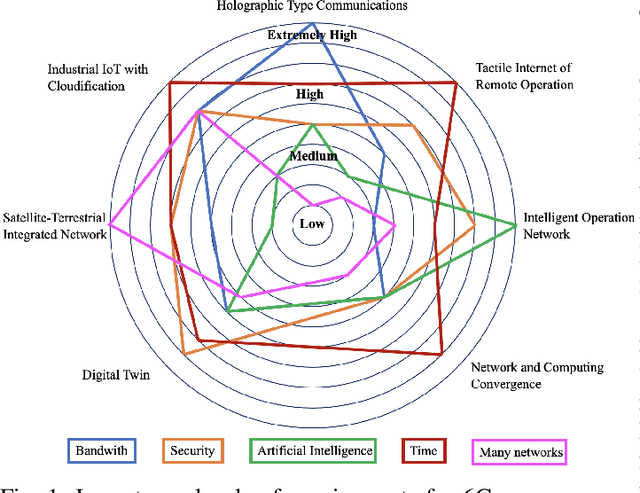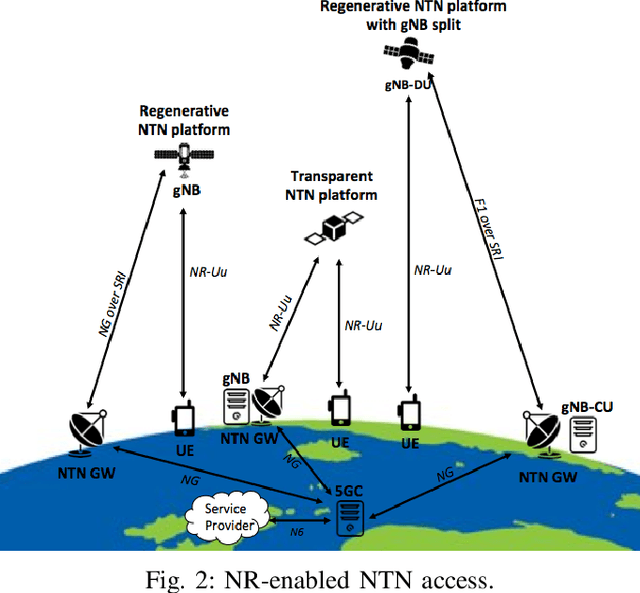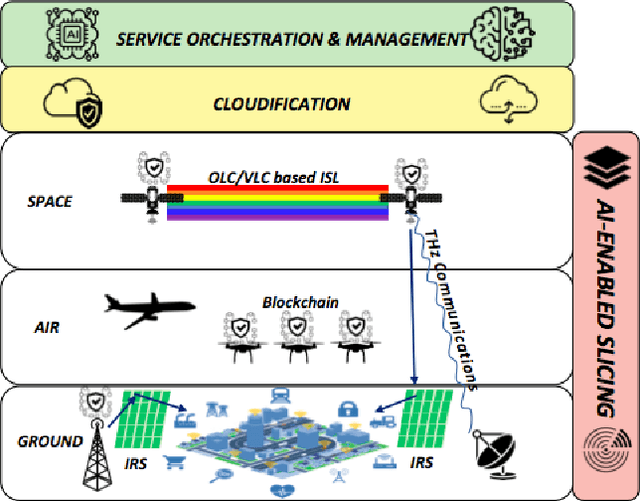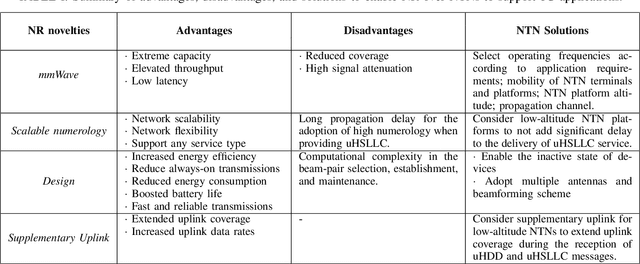Antonio Iera
Optimal In-Network Distribution of Learning Functions for a Secure-by-Design Programmable Data Plane of Next-Generation Networks
Nov 27, 2024



Abstract:The rise of programmable data plane (PDP) and in-network computing (INC) paradigms paves the way for the development of network devices (switches, network interface cards, etc.) capable of performing advanced computing tasks. This allows to execute algorithms of various nature, including machine learning ones, within the network itself to support user and network services. In particular, this paper delves into the issue of implementing in-network learning models to support distributed intrusion detection systems (IDS). It proposes a model that optimally distributes the IDS workload, resulting from the subdivision of a "Strong Learner" (SL) model into lighter distributed "Weak Learner" (WL) models, among data plane devices; the objective is to ensure complete network security without excessively burdening their normal operations. Furthermore, a meta-heuristic approach is proposed to reduce the long computational time required by the exact solution provided by the mathematical model, and its performance is evaluated. The analysis conducted and the results obtained demonstrate the enormous potential of the proposed new approach to the creation of intelligent data planes that effectively act as a first line of defense against cyber attacks, with minimal additional workload on network devices.
Value of Information and Timing-aware Scheduling for Federated Learning
Dec 16, 2023Abstract:Data possesses significant value as it fuels advancements in AI. However, protecting the privacy of the data generated by end-user devices has become crucial. Federated Learning (FL) offers a solution by preserving data privacy during training. FL brings the model directly to User Equipments (UEs) for local training by an access point (AP). The AP periodically aggregates trained parameters from UEs, enhancing the model and sending it back to them. However, due to communication constraints, only a subset of UEs can update parameters during each global aggregation. Consequently, developing innovative scheduling algorithms is vital to enable complete FL implementation and enhance FL convergence. In this paper, we present a scheduling policy combining Age of Update (AoU) concepts and data Shapley metrics. This policy considers the freshness and value of received parameter updates from individual data sources and real-time channel conditions to enhance FL's operational efficiency. The proposed algorithm is simple, and its effectiveness is demonstrated through simulations.
Towards 6G Non-Terrestrial Networks
Sep 29, 2021



Abstract:Sixth-Generation (6G) technologies will revolutionize the wireless ecosystem by enabling the delivery of futuristic services through terrestrial and non-terrestrial transmissions. In this context, the Non-Terrestrial Network (NTN) is growing in importance owing to its capability to deliver services anywhere and anytime and also provide coverage in areas that are unreachable by any conventional Terrestrial Network (TN). The exploitation of the same radio technology could greatly facilitate the integration of NTNs and TNs into a unified wireless system. Since New Radio (NR) is the de facto standard to deliver manifold heterogeneous services in terrestrial wireless systems, 3GPP is investigating new solutions to extend NR to NTNs. In this paper, the constraints that NTN features place on NR procedures are investigated by going thoroughly into 3GPP specifications; strengths and weaknesses of the NR technology in enabling typical 6G services on NR-enabled NTNs are identified; finally, open issues and insights are provided as guidelines to steer future research towards 6G NTNs.
 Add to Chrome
Add to Chrome Add to Firefox
Add to Firefox Add to Edge
Add to Edge